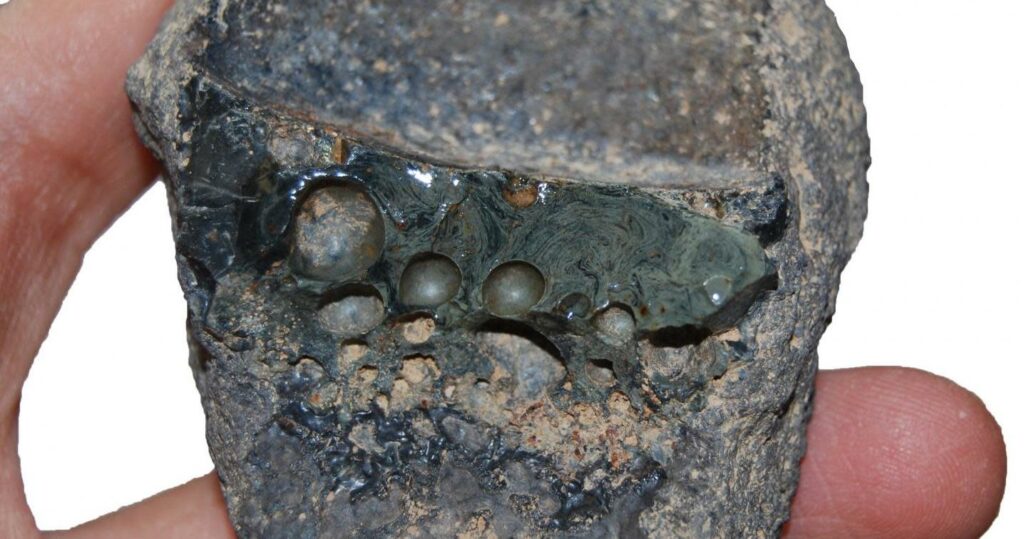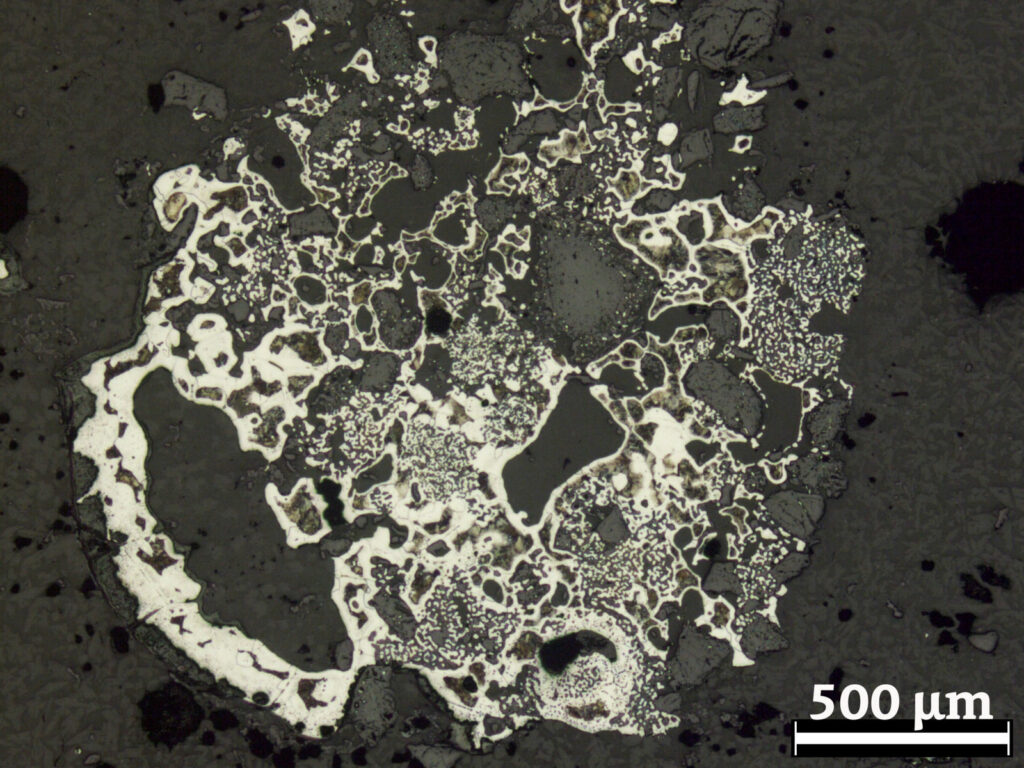Stainless steel is generally considered to be a recent innovation, but according to archaeological evidence, ancient Persians came very close to producing this alloy ten centuries ago.

Stainless steel is essentially a steel-chromium alloy. Compared to ‘normal’ steel, stainless steel has anti-corrosion and heat-resistant properties, as researchers in the early 19th century found when they first developed this material.
“We analysed archaeological finds from the 11th c. CE site of Chahak in Iran, showing the intentional and regular addition of chromium mineral to the crucible charge, resulting in steel containing around 1% chromium,” the authors note in the new study.
While this 1% is lower than modern stainless steel, it’s still enough to indicate that it wasn’t a coincidence or an error. So it’s not exactly stainless steel, but rather a precursor to it — which is remarkable, as the ancient Persians had this technology centuries before modern society.
The steel was presumably used to produce weaponry, such as swords, daggers, and armor, but according to the archaeologists’ analysis, it also contained phosphorous, which made them a bit more brittle.
The site where the discovery was made is also intriguing. Now a small village in Iran, Chahak used to be an important hub for steel production, and it’s the only site in the area with evidence of crucible steel-making.

Crucible steel is made by melting cast iron (and sometimes other steel) with organic matter, sand, or other materials. It’s impossible to melt iron on an open coal fire, but cast iron has a carbon content of 2%, which lowers its melting point. By soaking the iron for a long time, the carbon content can be reduced, thus producing a purer type of steel. Other materials can also be added to enhance the properties of the steel and, overall, crucible steel was superior to other types available at the time. It’s also this technique that, with subsequent forge and polish, produced the wootz steel used in Damascus swords.
The Persians weren’t the only ones to make crucible steel (several other cultures, including the Vikings, also did it), but this is the first example of chromium steel.
Researchers were directed to search for chromium steel by an ancient manuscript by the Persian polymath Abu-Rayhan Biruni, who was a pioneer in fields as diverse as geodesy and comparative religion — many consider him to be the world’s first anthropologist. Biruni’s document, which dates back to the 10th or 11th century CE is called “al-Jamahir fi Marifah al-Jawahir” (translated to “A Compendium to Know the Gems”). It offers an indication on how to forge crucible steel, but it also includes a mysterious compound that Biruni calls rusakhtaj (meaning “the burnt”). Researchers have wondered for a while what this rusakhtaj could be — it has now been identified as chromite sand.
The Persians were also sneaky. Archaeologists found manuscripts where Chahak is referenced as a place where beautiful blades were sold for a high price, but were then found to be quite fragile. This happened because the Persians also added phosphorous to the crucible steel — this lowered the melting point and made it easier to produce steel, but it also made the resulting product more brittle.
The practice of adding chromium is so unique that researchers now believe it could be used to differentiate steel that came from Chahak. Museums around the world have Persian steel artifacts and the chromium content could be used to trace back their origin.
The study has been published in the Journal of Archaeological Science.









